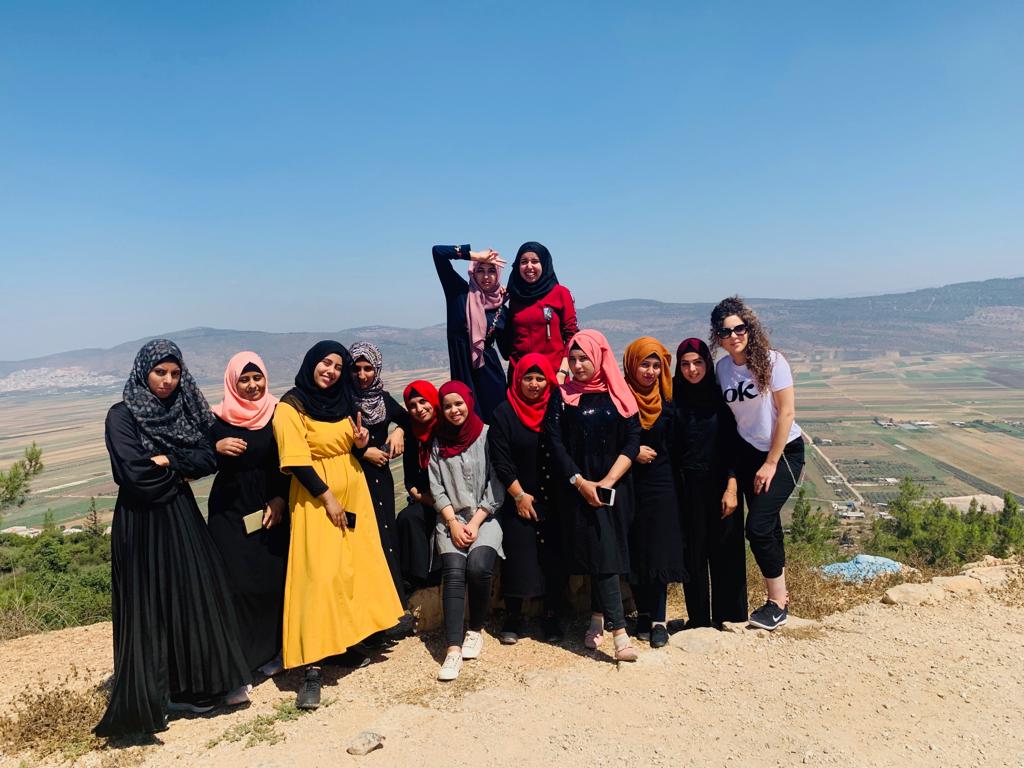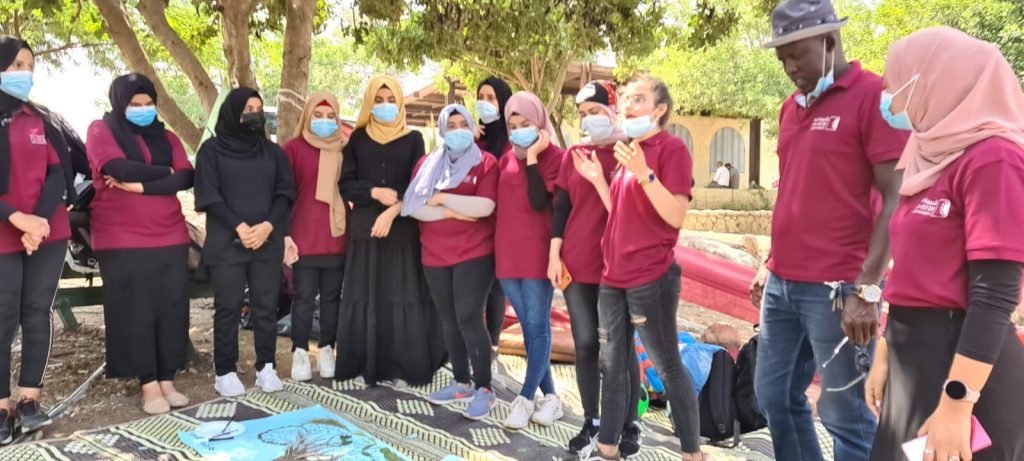
Menu


Taliyah, Arab-Jewish Gap Year, BridgeTech, Sabeel Leadership Institute.
A bridge for Arab young women and men between high school graduation and integration into adulthood.
Arab society in Israel is undergoing far-reaching changes, including an increase in the percentage of students in academia, an increase in the age of marriage, and more. However, the percentage of young women and men from Arab society in higher education and employment is still lower than the national average.
AJEEC’s gap year programs address the various barriers faced by Arab young men and women and serve as a bridge between high school graduation and integration into adulthood, education, and employment. The gap years prepare their participants for integration into society, assist in the forming of personal identity, and help develop a sense of belonging to the community. This is supplemented with acquiring tools for learning and working alongside academic and vocational guidance.


Throughout the year, participants volunteer in their communities, study Hebrew and English, improve their high school matriculation scores, receive vocational guidance, study for the University Entrance Exam, and develop learning and personal skills. This opens new employment horizons for participants, and they approach academic studies and the labor market with increased maturity and readiness.
AJEEC’s gap year programs have different tracks, each with a different emphasis: “Taliyah” (“Pioneering”) – focused on volunteering in the community with a gender lens; “Sabeel Leadership Institute” – focused on developing youth leadership; “Arab-Jewish Gap Year” – a joint program for Arab and Jewish youth, the latter made up of Scouts national service participants; and “BridgeTech” – focusing on preparation for studies and employment in STEM fields. This year, for the first time, another gap year was opened called, “Alrazi”, which focuses on training for the study of health professions.
During the activity year, the participants receive a monthly stipend, full funding of the preparatory studies for the University Entrance exam, and, at the end of it, they are eligible to receive a scholarship for higher education.